
In 1847 Milton H. Sanford of Medford purchased several parcels of farm land along the Sudbury (then Concord) river in Southborough, Ashland and Hopkinton. One of them conveyed the mill privilege – the right to dam and use the water of the river. In addition to this ample power source, the area was attractive for milling because of the proximity to the new Boston & Worcester railroad, which ran through the site. Not only would transport to far-away markets be assured, but the railroad would supply the workforce needed for the new facility. Sanford began building workers’ houses on Parker and Cottage Streets, and by 1850, a company store on Main Street, later named Fitzgerald’s, which still stands. The village he named for his wife Cordelia.
By 1854 the Cordaville Manufacturing Company consisted of a cotton factory and a building that housed a machine shop and planing mill. The company produced a rough fabric for use by slaves on the Southern plantations, as well as woolens. (For reasons of culture and geography the South had few manufacturing centers of its own, and most industrial mill production was carried out in the the Northeast with its abundance of river power and ample immigrant work force, then shipped southward.)

The workers for Sanford’s mill were largely newly arrived Irish immigrants, who had fled the devastating potato famine that had begun in 1847 and would eventually lead to the emigration of almost 2 million souls. Approximately sixty workers were employed at the mill; two-thirds were women, and paid only half that of their male counterparts. The influx of Irish to the mill caused the first Catholic mass to be said in Southborough, on Easter Day 1849, in Wilson’s Hall above the company store.
A fire — a very common occurrence in mills with their highly flammable cotton dust — destroyed the original mill complex and killed three workers in 1855. It was rebuilt, this time including both water and steam-powered apparatus. With the outbreak of war, Sanford quickly abandoned the manufacture of plantation goods, and instead manufactured woolen blankets for Northern troops. This quick response allowed his Cordaville mill to survive when many competing mills failed due to the loss of the Southern market. The mill’s location on the principal rail line between Boston and points West also helped; it was a major transport line for the Federal army.
In 1864, the complex was sold and the business converted to a joint stock venture, the Cordaville Mills Company. By 1870, the mill had grown considerably. There were now two mill buildings, an office, three freight houses, a waste house, a picker house and factory store, now operated by the Wright brothers, which also housed the post office. The village of Cordaville grew with the addition of its own train station, school, and in 1872, St. Matthews Church; and in 1876, a jail. That same year, the company was reorganized as the Cordaville Woolen Company, and the shift to steam power, already underway, accelerated — aided by a prolonged period of drought in the 1880s that dried up many mill ponds. Once again, this timely shift to steam allowed The Cordaville Woolen Company to remain a profitable concern well into the next century.

By 1928 however, the corporate model of a company owning an entire village seemed out-dated and unprofitable, and the Cordaville Woolen Company was sold off in pieces. Individual workers were allowed to buy their homes if they wished, and the owner of the company store, a certain Mr. Fitzgerald, purchased it as well. Under various owners the mill buildings continued in one industrial capacity or another until 1957. After that, the buildings sat abandoned; by 1974 the complex was deemed unsafe, and was torn down by the Town of Southborough, which sold off the bricks of the once proud buildings. (The fate of the mill buildings much resembled that of Cordaville’s H.H. Richardson-designed train station, which the Selectmen voted to demolish in the 70s with seemingly little public opposition. The stone was sold to a builder in New Hampshire.)
The loss of the Cordaville Mills is but one of Southborough’s many historical “if-onlys”. If only the buildings had been allowed to survive a little longer, the nascent historical protection movement would have realized their incredible value as a mixed commercial, office or residential site. Can you imagine how handy a condo complex with a hip restaurant and bar right next to the commuter rail station would be viewed by today’s consumers? Or how much land might have been preserved from controversial state-mandated 40B projects if we had converted the complex to affordable housing and filled Southborough’s quota of units? Of course hindsight is 20-20, but Southborough needs to be far more vigilant these days in protecting its remaining architectural heritage.
More images of industrial Cordaville and Southville:
The Cordaville Woolen Mill about 1900
The Cordaville Woolen Mill looking southeast
Rail and Lumber Yard
The Mill Pond of Cordaville Mills
The B&A tracks in winter, looking west in Cordaville
Mitchells Plasterworks
Mitchell's Plasterworks Brochure
-
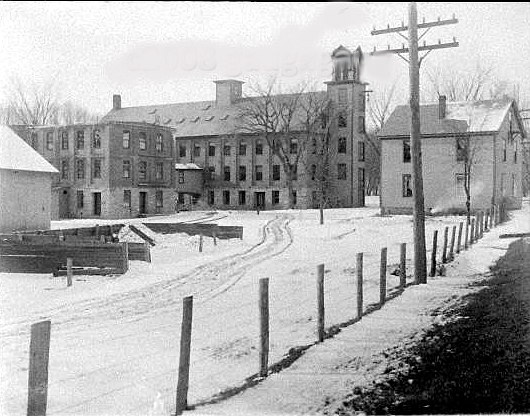
The Cordaville Woolen Mill about 1900
Note the bell tower in its original condition. In the next few, the tower has disappeared and been replaced with a roof -
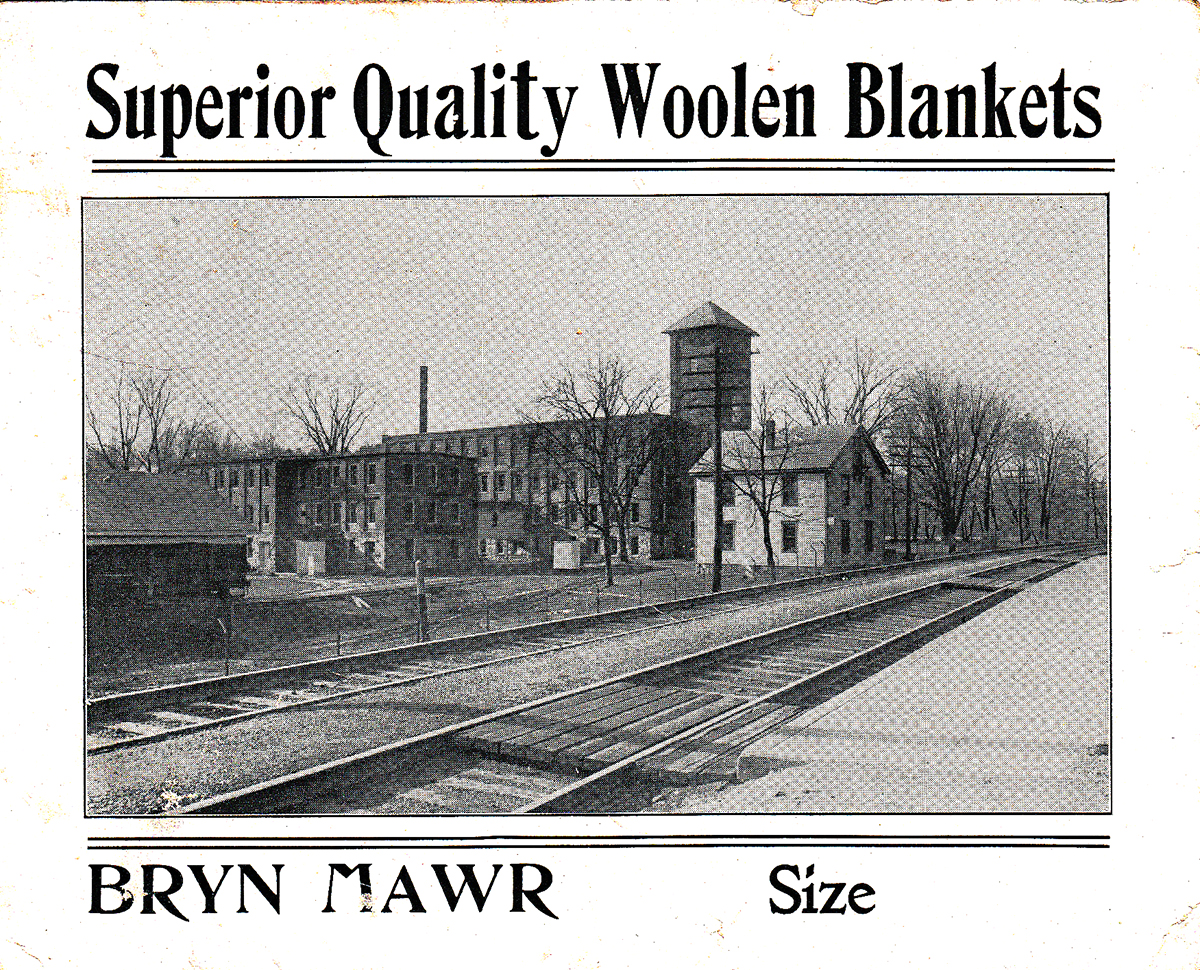
-
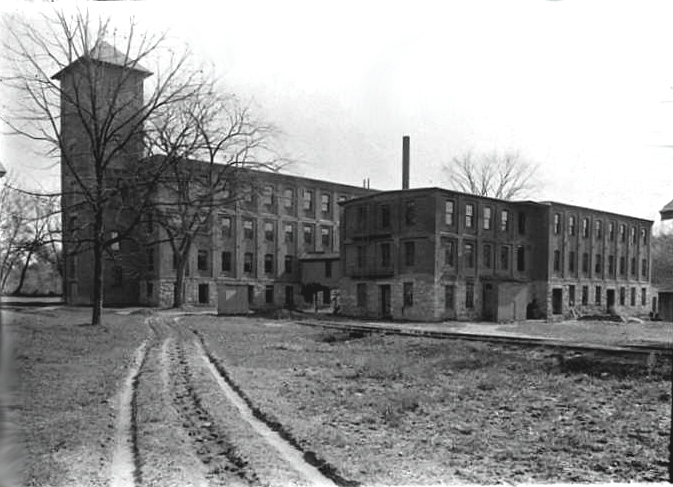
The Cordaville Woolen Mill looking southeast
-
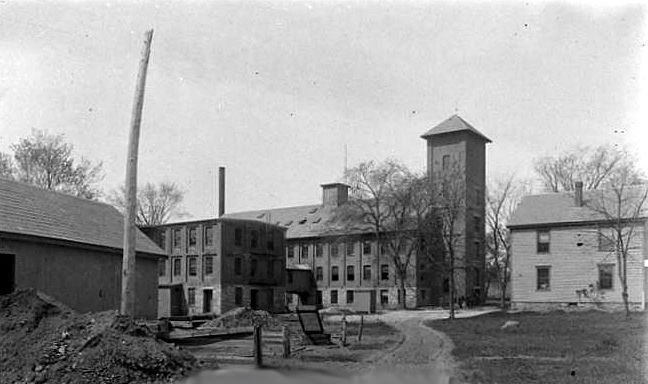
-
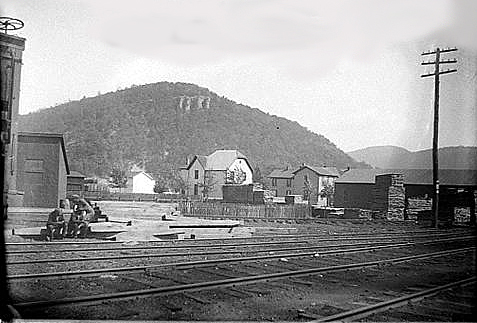
Rail and Lumber Yard
It's unclear exactly where this was located, in Cordaville or in Southville, as it comes from an album with pictures from both, but it's interesting to note that all was not beauty along the rail line. -
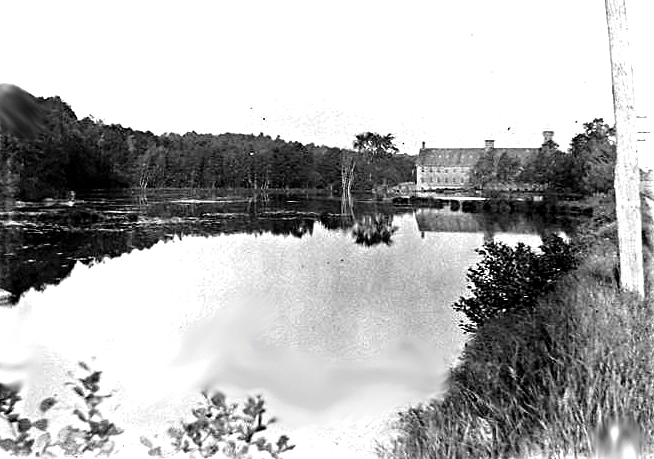
The Mill Pond of Cordaville Mills
-
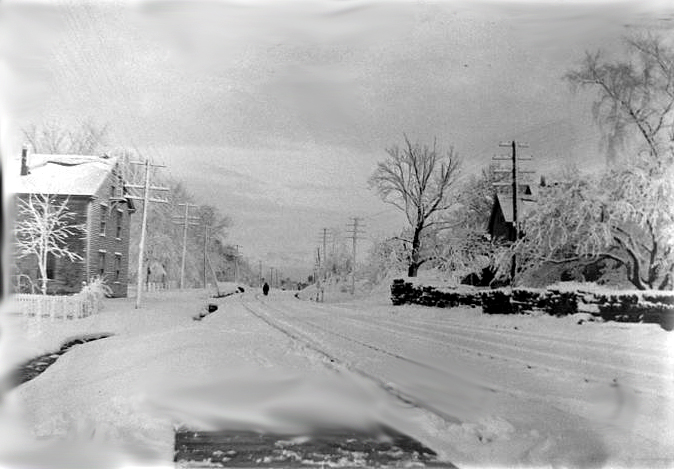
The B&A tracks in winter, looking west in Cordaville
-
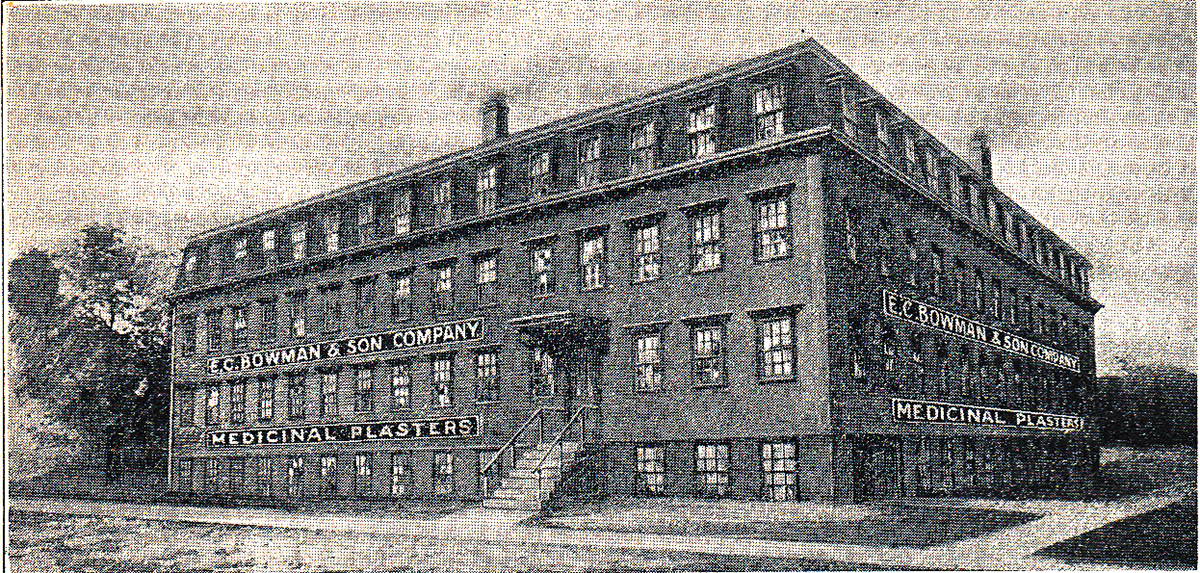
Mitchells Plasterworks
The plasterworks from a contemporary etching -
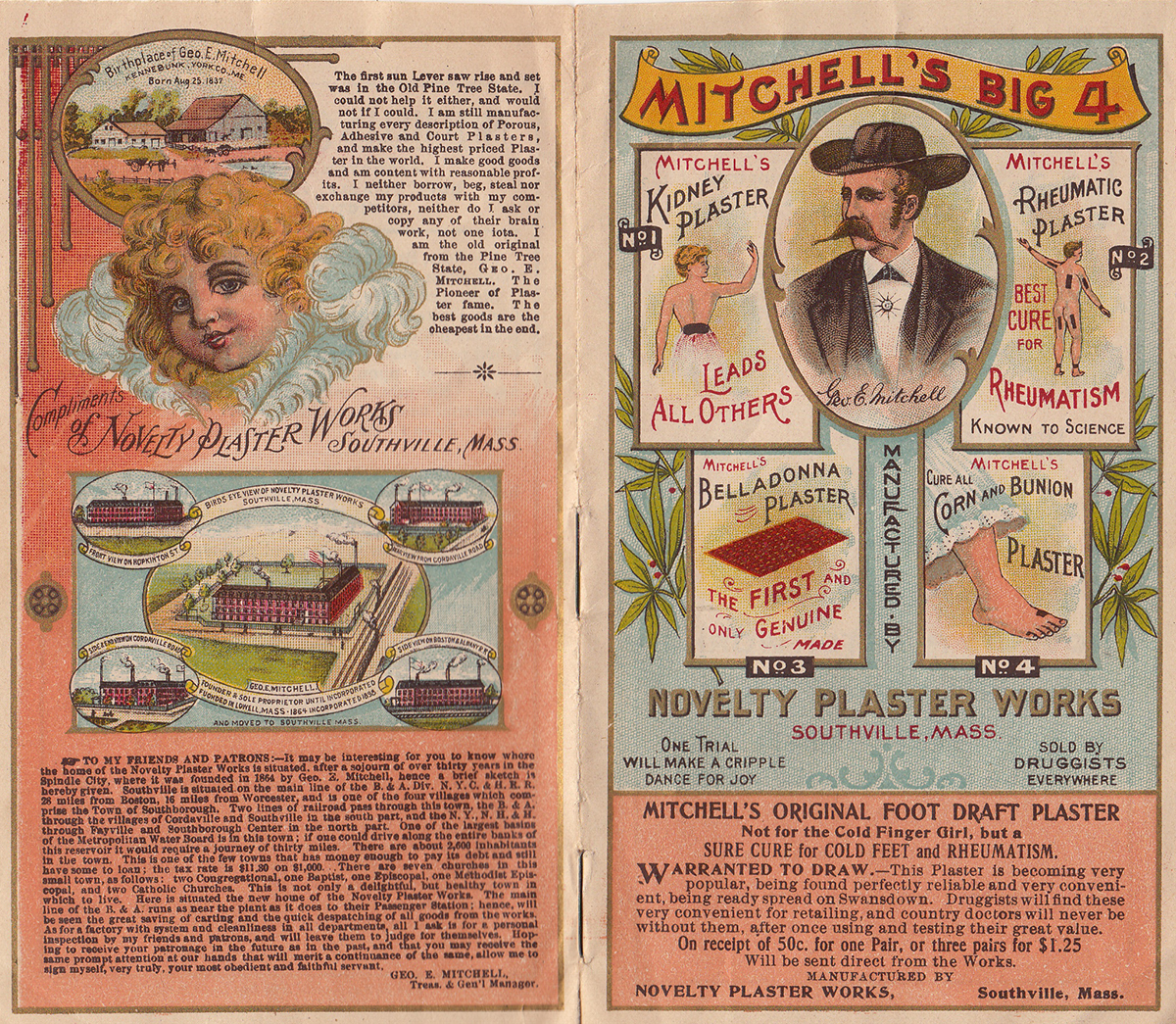
Mitchell's Plasterworks Brochure
Mitchell's plasterworks in Southville proudly made "plasters," a bandage on which a poultice or liniment was spread for application. The building on Southville Road burned in 1915.
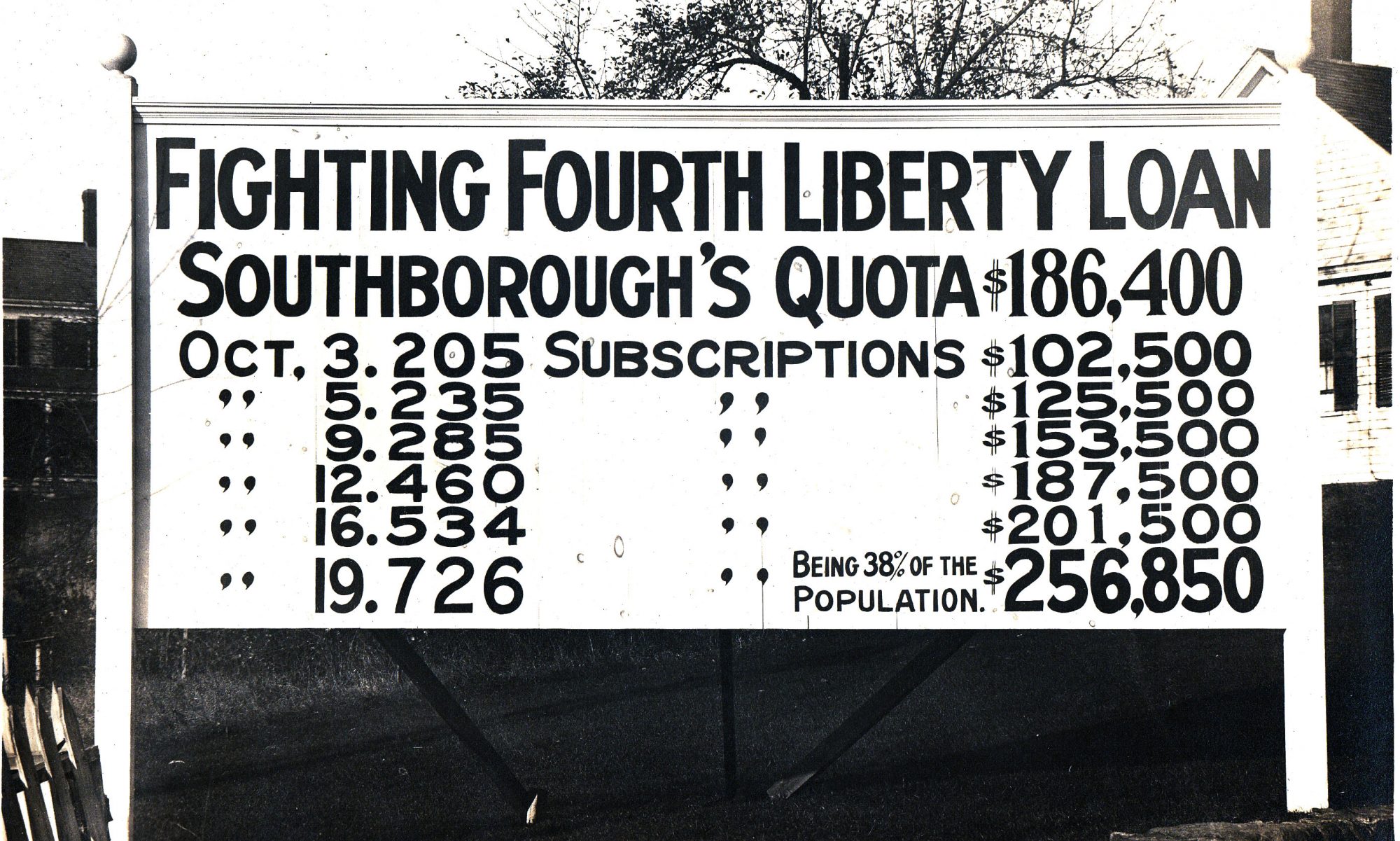
Fascinating! Thanks for another great story. I love all the pictures and thanks for the help orienting the point of view in the photos. Every summer I paddle my kayak around that pond and see the remnants of the mill. Does anyone know if it straddled the dam? It appears to do so based on the picture.
I am questioning one image entitled “Rail and Lumber yard”. I don’t believe it could be in Southville or Cordaville; the hill in the background is much more prominent than any in that location, I think.
Thanks again for the story.
No, actually, it is exactly there. You can find it on the 1898 map we’ve placed online. The difference is all the trees. In the old pictures, the hills are entirely denuded of trees, as was most of the area. The topography is really quite step, as anyone who has biked those hills knows all too well!
Thanks so much for great web site and fascinating articles.
I would be interested in having these emails come to me at my address below. I am a life long member of the Southboro Historic Society and a descendent of Josephine and Joseph Burnett (Edward’s side.)
Thanks you.
This is wonderful information — and so engagingly presented! Thank you for making available so much about Southborough’s history!
Wonderful pictures and interesting history. Thanks for posting this.
Most of these mill buildings in Cordaville were still in good shape when we moved to Southville in 1944. I do not think this was the site of the lumber yard photo. The hill in the background appears to be taller than I recall.
Hi Peter,
Deb Costine agrees with you about the hill, but the photo is pretty clearly labelled and the areas exist on the 1898 map… It’s hard to say with the tree cover growing in like it is.